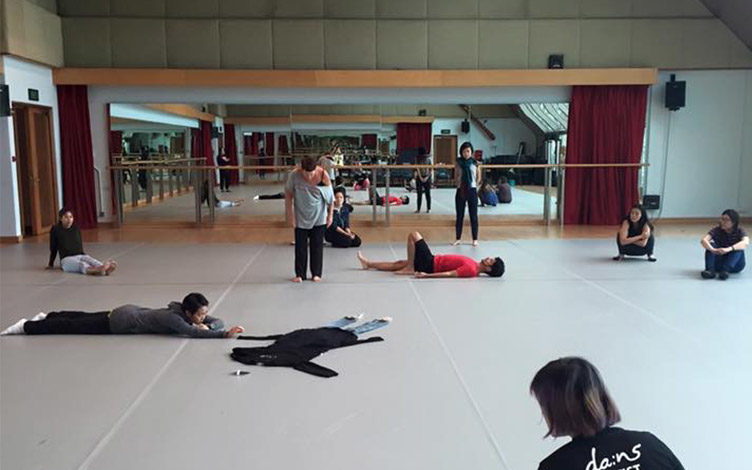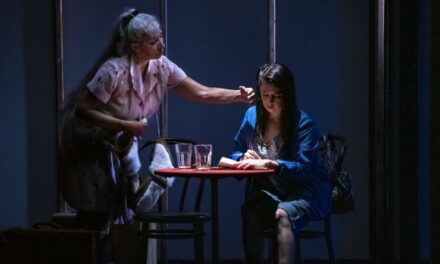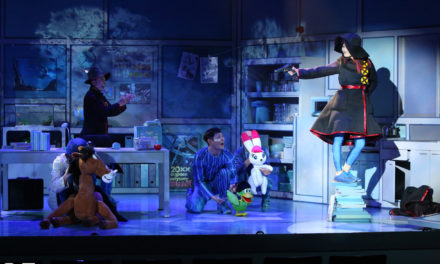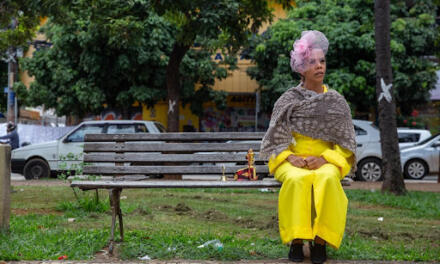Intercultural Interlocutors: Tay Tong and Faith Tan, Part III
*This is part 3 of a 3 part article. Read part 1 here, read part 2 here.
With Singapore’s geographical location and cultural dislocation in Southeast Asia, the country has been ripe for artistic collaborations that reframe its relationship with the region. Singaporean arts managers have become intercultural interlocutors of sorts, connecting Singapore and its neighbors through the performing arts.
Producers Tay Tong and Esplanade’s Faith Tan discuss the challenges faced by artists and producers in Southeast Asia today and how this work can be better supported by policymakers. This interview has been edited and condensed for clarity.
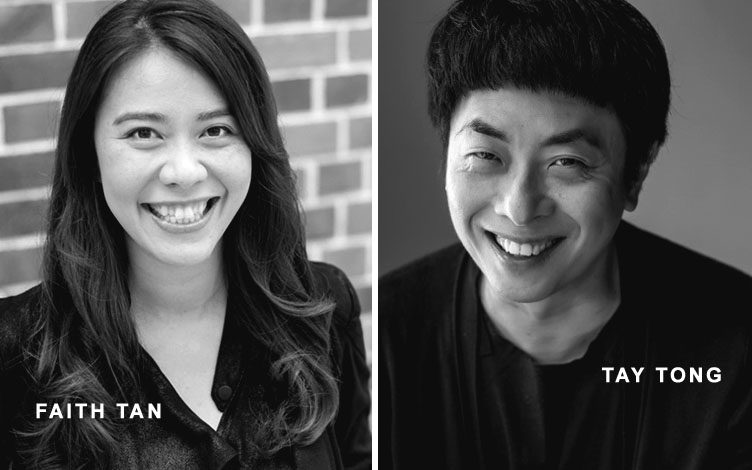
Image of Faith Tan by LASALLE College of the Arts.
Image of Tay Tong by Wesley Loh.
Lack of funding for research, process
Faith, what are the current needs or gaps that you see in capability development for dancemakers both in Singapore and the region?
Faith Tan: I recently attended a brainstorming session with colleagues from Asia and Australia to discuss a Dance Network for Asia, where we listed all the platforms for performance presentation, funding, and residencies or process-based support.
There was a long list of platforms for presentations and festivals, but a very short list for funding bodies and research grants across Asia, and an even shorter list for dance residencies and process-based support for dance within Asia.
If there is no funding for research, how will dancemakers who aren’t able to get international support or have such mobility be able to develop a focused contemporary practice within Asia and stay in Asia? As it stands, dancemakers often don’t invest in longer processes for research, having become accustomed to operating under limited resources, and the expectation to keep creating “finished” productions.
I feel more grants and initiatives to support dance research, process and residencies would be highly beneficial to dancemakers across Asia. In Singapore, one exciting recent development is the National Arts Council’s Dance Nucleus, which supports process-based critical research for independent dance artists. The Esplanade’s da:ns lab was also created in response to this need, and every year we shift its focus according to what is urgent.
In its first year (2015) we focused on identifying what independent practice means, and in our third edition last year we examined artistic practice in relation to the ongoing global political crisis. With the support of the National Arts Council and Goethe-Institut, we were able to invite six dancemakers from Asia to be participants. It’s important for performing arts institutions like Esplanade to be able to create spaces not only for presentations but also for other parts of the creation process that are inclusive to artists beyond our own country, especially when there is a great need for it.
Beyond nationality and nation-state
How do you think policymakers in Singapore and Southeast Asia can help to make artistic collaborations on the ground easier, whether in terms of funding, infrastructure or mindsets?
Faith Tan: The challenge that institutions, funders, and policymakers often have is to justify the use of the funds to support art, and thus establish clear outcomes from an investment. Sometimes risk-taking and failure in an outcome-based system are hard to build in. However, if we see each contribution we make as a small but essential step that collectively, over a very long time, is essential to moving dance forward, then we accept that there are no grand, instant outcomes that will come of one project or one platform.
In Asia, funding conditions are also often limited to the country’s artists who have nationality there; however given the way some contemporary artists work now, living in several cities, I believe adopting the style of funding that I’ve seen Goethe-Institut take – where it supports artists who are based in and work significantly within Germany, in spite of their nationality – is a useful one that also attracts talented artists from beyond one’s country to invest in another location. In this wider sense of collaboration, I feel this would open up the movement and flow of ideas and dialogues within dance, and create different energies and possibilities for creativity.
Tay Tong: Can we imagine our Southeast Asia, our ASEAN, as something like the European Union? If I make a work in Brussels, for example, I can tour it very easily across Europe. Why can’t we do that in Southeast Asia? I’d like to convince Singaporean policymakers that we can be an enabler for the region. If we can build capacity in other countries, there will be returns by way of opening up new markets for the kind of art that we would like to share. The Singaporean market is saturated, and if we don’t begin to see the outside world as our next market, our hinterland, we’re going to collapse.
One of the things I really want to do is to show Singaporeans good models of practice in Southeast Asia where artists and arts groups have no or very little government support and resources, but they make things work. Why is it possible for them, but not possible for us? I feel like there’s something to be learned there. There are still certain kinds of experiences that we can share. For example, we are a bit more organized in terms of funding, in terms of infrastructure, and to a certain extent, management support. We can give that kind of advice. But I think the region doesn’t need Singapore as a bridge any longer. The rest of the world is going directly to our Southeast Asian neighbors, so that role is no longer available for us, it’s no longer sustainable.
I hope that Singapore will continue to adopt the sense of openness that has always been the success of the country: being open, being porous, and not being protectionist. The world has become so much more complex, more intricate, and more expensive. We can no longer do this kind of work by ourselves. On the ground, we can work with artists and colleagues to get a buy-in, and we can build connectivity. But then we need policymakers to talk to their colleagues and neighbors and get them to think in the same way.
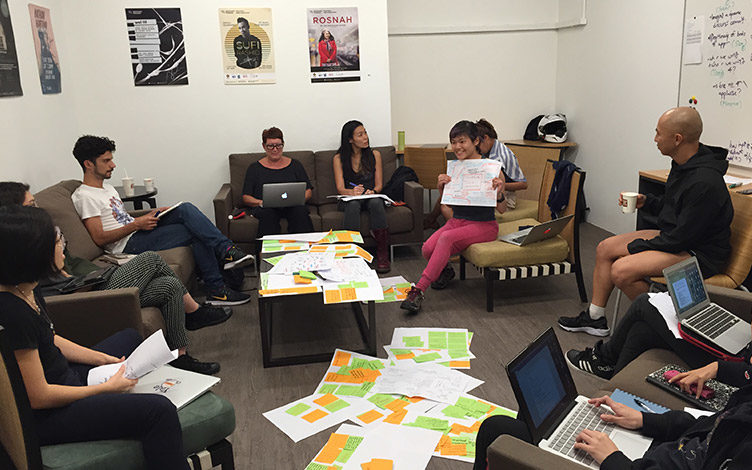
da:ns lab in progress, 2016. A three-day workshop, it is an annual platform for dance practitioners, managers, researchers, programmers and educators to reflect upon key issues surrounding their creative practices and processes.
Deepening the conversation with audiences
How do you see your role as a producer continuing to develop when it comes to navigating regional connections for practitioners or audiences?
Tay Tong: I really believe in the value of the internationalism of the arts. I’m speaking generally here, but I think that one of the issues with Singapore is that we are so well-off compared to our neighbors that we’ve become entitled. And, sadly, that sense of entitlement leads to insularity and navel-gazing. The reality of the situation is that if you take away these resources, how do you compete with our Southeast Asian colleagues? They are often much hungrier and much savvier when it comes to navigating the complexities of the international scene. I really want to find a way to encourage more of our Singaporean artists to put themselves out there.
Faith Tan: As an arts venue, we connect artists and their productions to audiences in Singapore. One of the challenges is that while the programmers and producers understand the context of the artist’s work, Singaporeans coming to watch a performance may not. It’s important that audiences have a dialogue with the work and understand its significance beyond what they see on stage. Therefore the team at Esplanade has been thinking hard about how we can deepen this conversation with the audience meaningfully, going beyond the post-performance talk. For me, this is the next stage of audience appreciation and is key to getting more people invested in supporting and talking about Asian artists.
This post was written by the author in their personal capacity.The opinions expressed in this article are the author’s own and do not reflect the view of The Theatre Times, their staff or collaborators.
This post was written by Corrie Tan.
The views expressed here belong to the author and do not necessarily reflect our views and opinions.

